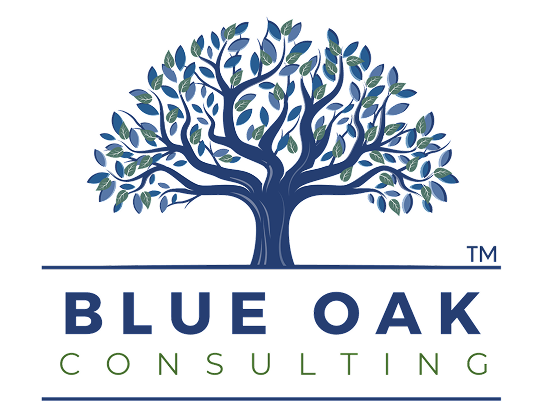Strategic cost savings for manufacturers who want to protect both profit and performance.
Let’s get something straight: cost savings aren’t always smart savings.
Sure, slashing expenses might feel good in the short term—especially when the market’s soft or margins are tight. But too many manufacturers rush into quick cuts that quietly hurt quality, slow down production, or drive good employees out the door.
If you’re going to cut, cut with precision. This is your guide to saving money without blowing up your operations in the process.
First: What’s “Strategic” Cost Savings, Anyway?
It’s not just about shrinking expenses. It’s about aligning cost reductions with sustained goals:
- Protecting product quality
- Maintaining on-time delivery
- Avoiding hidden costs (like rework, returns, and employee burnout)
It’s the difference between trimming fat—and cutting into muscle.
Here’s the Truth: The Wrong Cuts Hurt More Than They Help
Here are two mistakes we see all the time:
- Cutting labor too deep
Yes, labor is one of your biggest costs. But if you lose too much expertise, production slows down, quality drops, and morale tanks.
- Switching to cheaper materials without testing
You save 10% on raw materials… only to spend 15% more fixing defects and calming angry customers. The cost outweighs the savings.
Four Areas Where Smart Manufacturers Actually Save
1. Material Cost Reduction
- Renegotiate contracts with current suppliers
- Reduce scrap and overuse
- Explore alternative materials with full testing + customer approval
Example: One manufacturer switched to a recycled blend after R&D and customer buy-in—saving 12% without hurting quality.
2. Labor Cost Optimization (Without Gutting Your Team)
- Automate repetitive tasks
- Cross-train staff for flexibility
- Outsource nonessential functions when it makes sense
Example: A small electronics shop implemented robotic process automation, cutting labor costs by 20% and speeding up production by 15%.
3. Energy Efficiency Improvements
- Upgrade to energy-efficient equipment
- Improve insulation and facility layout
- Use energy monitoring tools to cut waste
Example: A metal fabricator installed energy-efficient furnaces—saving 25% over five years with a three-year payback period.
4. Transportation and Logistics
- Consolidate shipments
- Negotiate bulk shipping rates
- Reevaluate vendor and customer geography to reduce miles
Example: A consumer goods company reduced shipping costs by 18% just by reworking its freight contracts.
Applying strategic cost management—not just slashing expenses—delivers long-term results. Research shows that structured cost management methods, combined with lean principles and targeted automation, can reduce operational expenses by 20–30% in the first year alone. Companies that align cost savings with performance goals avoid quality issues, maintain delivery timelines, and strengthen margins sustainably.
A Smarter Way to Roll Out Cost Savings (Without Chaos)
- Start with a waste audit
Use lean tools to find your biggest money drains—materials, downtime, energy, etc. - Build a plan, not a reactionary fix
Tie savings initiatives to strategic goals like margin growth, capacity gains, or sustainability. - Weigh trade-offs
If a savings idea could ding quality, slow delivery, or upset your team—it’s not worth it. - Test before you scale
Try one change in one department. Measure results. Adjust before rolling out across the facility. - Talk to your people
Frontline employees often know where waste hides. Ask them. Involve them. Reward them. - Measure and adapt
Don’t assume savings = success. Track cost per unit, customer complaints, and downtime after changes go live.
Savings Shouldn’t Cost You Growth
You’re not cutting costs to survive. You’re cutting to compete smarter, build margin, and fuel growth.
That means skipping the gimmicks—and focusing on long-term efficiency, smarter inputs, and processes that serve both your financials and your customers.
So before your next budget cut, ask:
Is this saving money—or shifting the cost somewhere I’ll regret later?
Learn more at blueoakconsulting.net





